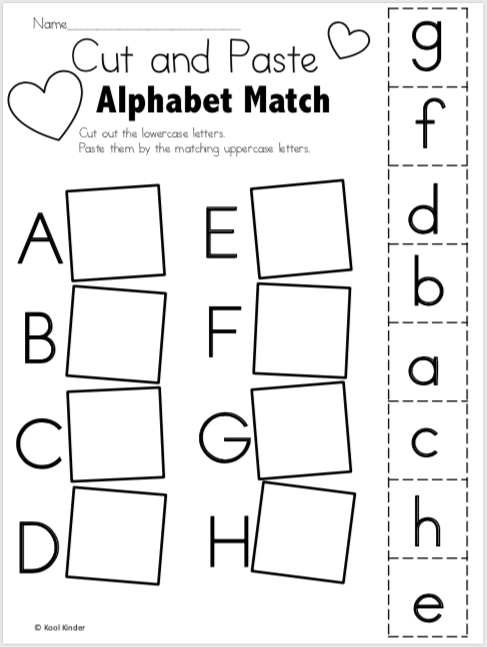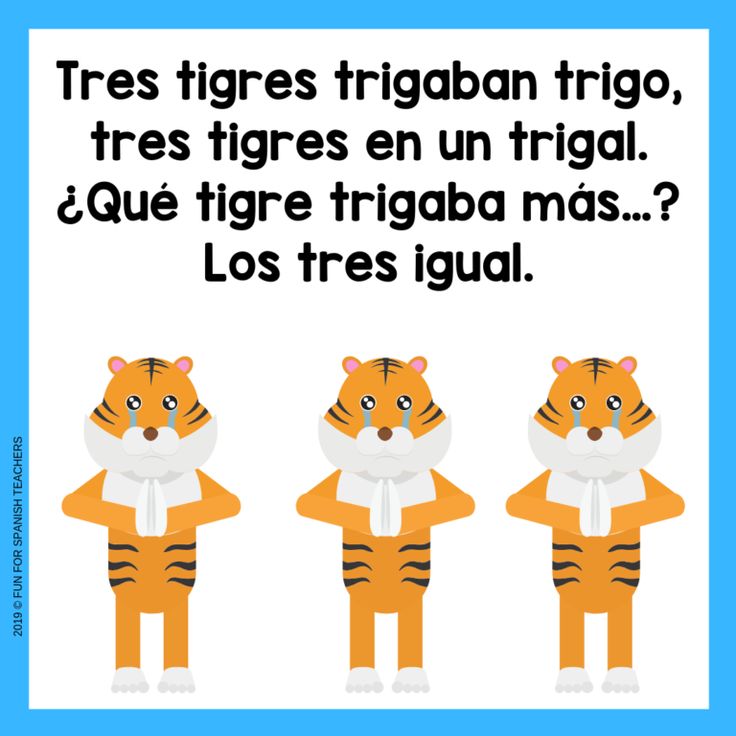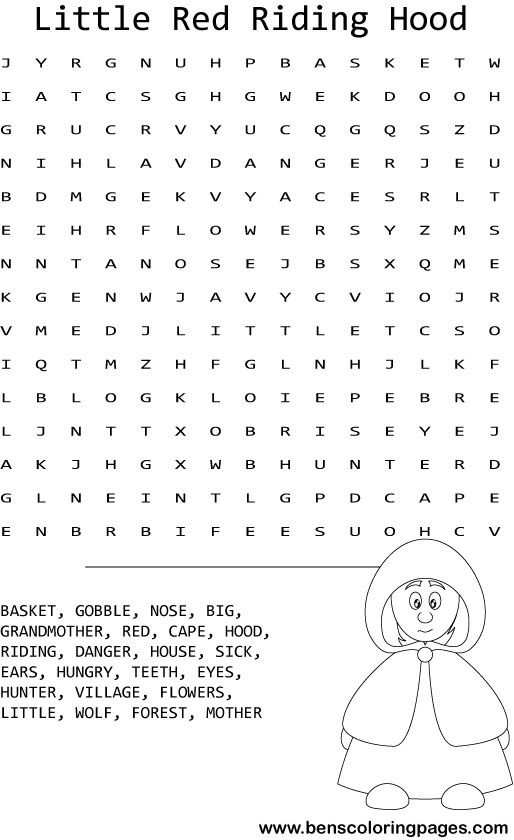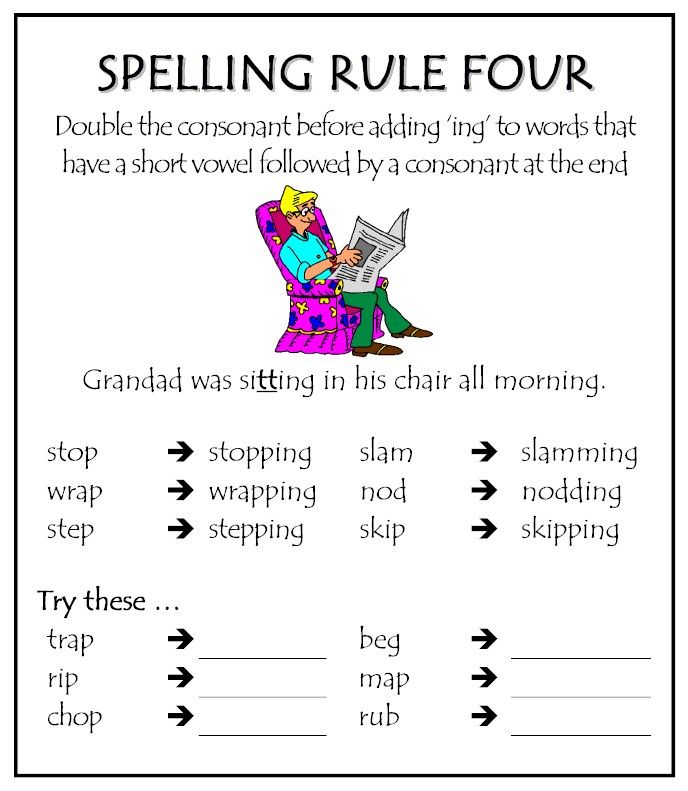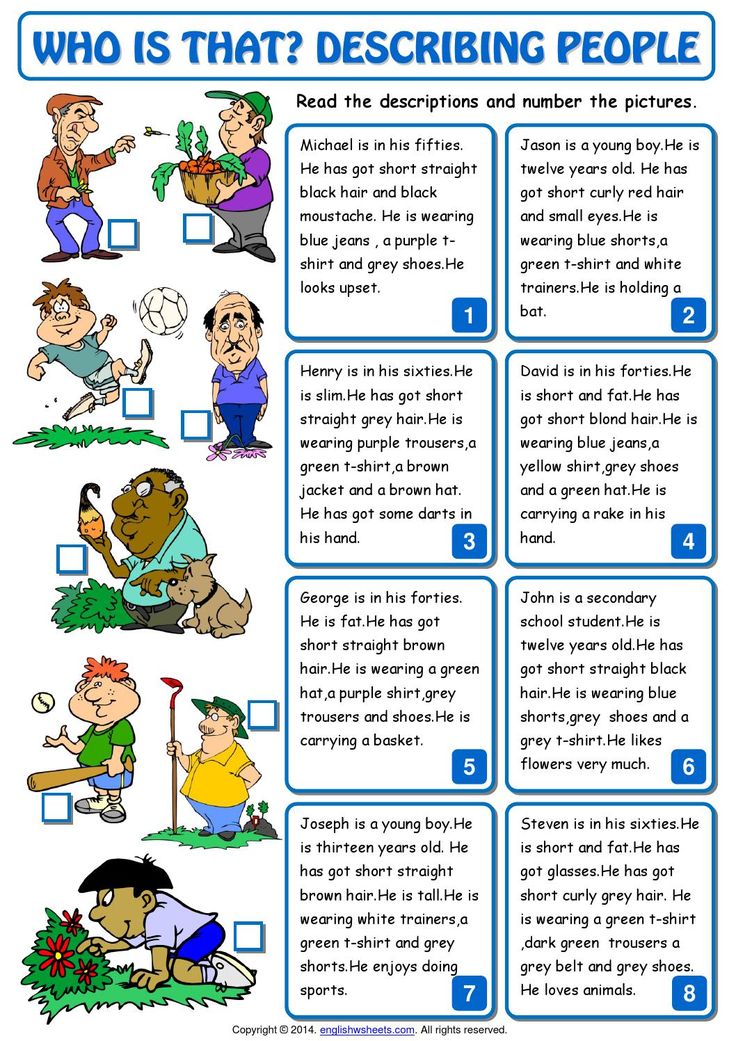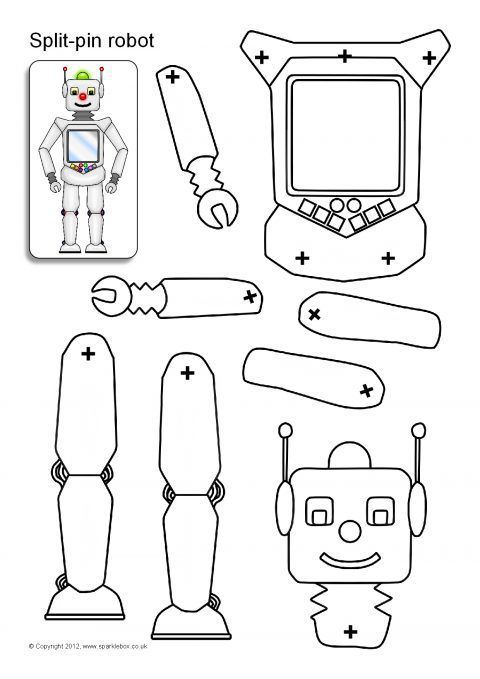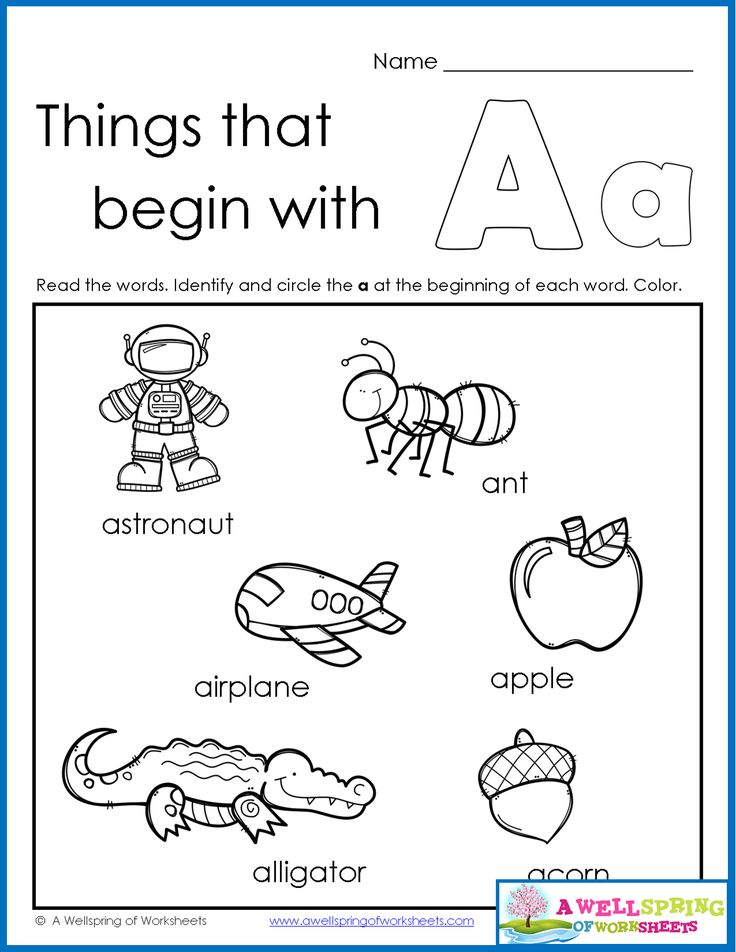Preschool reading skill
10 Ways to Build Pre-Reading Skills in Kids
- Share
Here are some fun, simple pre-reading skills activities for preschoolers that are fun for home or school.
There are everyday activities kids should already be doing at home, as well as some other ideas to try.
What is Pre-Reading?
So, what are pre-reading skills?
Before any child can learn to read well and become a competent speller, five pre-reading skills must be mastered in order to lay a proper foundation.
Pre-reading skills are important as they set children up to decode words independently and read with understanding. They need to be developed before teaching a child to read.
They are important for school readiness and early literacy development.
What are the 5 Pre-Reading Skills?
These are the five main pre-reading skills that every student must master before learning to read, as listed in the article Reading readiness: The Top 5 Skills, by All About Learning Press.
1.
Print AwarenessPrint awareness is the understanding that letters form words and that these words have meaning when they are read.
It is knowing that the four letters on a stop sign have a message and that the words in a book tell a story or provide information.
There is also an understanding of the order of reading as they watch people read from left to right, and cover to cover.
2.
Motivation to ReadThe desire to decode words and understand what is in a book is essential before a child learns to read.
A baby is too young and does not yet have the motivation to want to decode the words in his plastic bath book.
Older children who have developed print awareness, and have listened to their parents read bedtime stories, will want to start understanding the words on the pages themselves.
This skill must be fostered until children develop a healthy desire to read.
3.
Listening ComprehensionWhen a child is able to ask and answer questions about a story or summarize what they have read or heard, they have developed listening comprehension.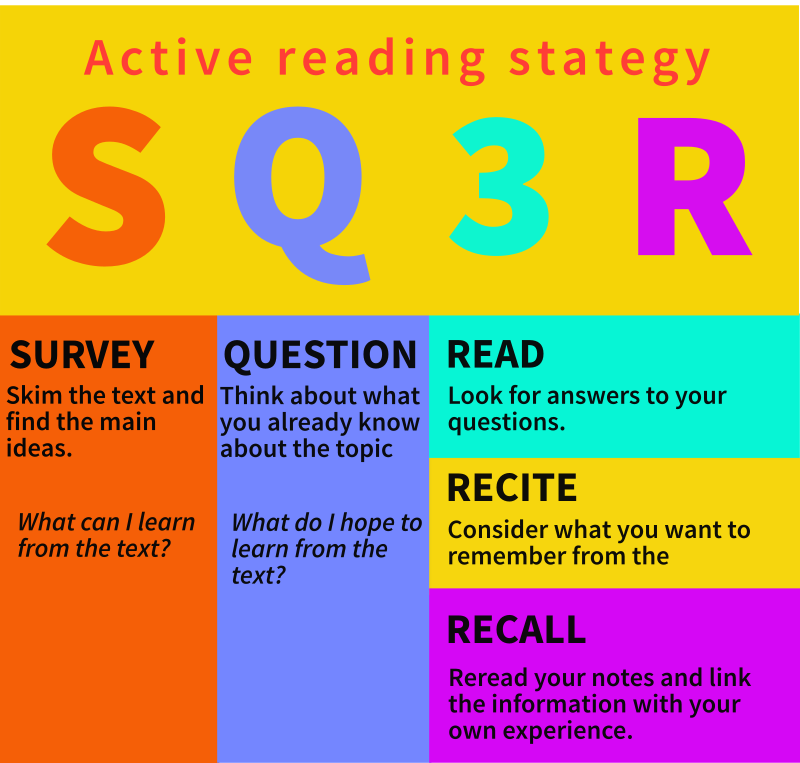
4.
Letter KnowledgeKnowing the difference between upper-case and lower-case letters and recognizing letters and their sounds, forms the basis of letter knowledge.
Without this, words cannot be decoded and sounds cannot be blended together.
5.
Phonological AwarenessThis refers to hearing the different sounds in words (beginning sounds, end sounds, rhyming patterns, middle sounds and individual sounds).
Good phonological awareness means children are able to blend sounds together, decode them and manipulate them.
These five skills can be developed from a very young age in many easy ways.
Here are some ideas, starting with basic activities to develop print awareness, motivation and listening comprehension, and moving on to more advanced activities that build letter knowledge and phonological awareness.
10 Pre-Reading Skills Activities for Preschoolers
Here are some simple activities for pre-reading skills.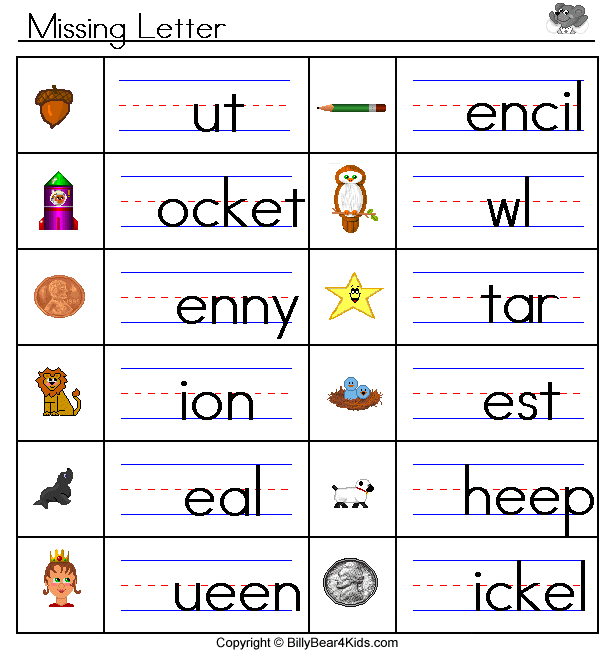 They are also suitable for kindergarteners.
They are also suitable for kindergarteners.
Many of these activities are inspired by the ideas in the Phonological Awareness Package, compiled by Jane Sheils and Yvonne Sawyers.
1.
Read to Children Every DayIt’s never too early to start reading to your children.
Initially, it may just be soothing to listen to you read as your baby falls asleep, but as our child grows he will get used to the idea that the book represents a message.
When reading to your older children, even those who can already read, you will be instilling a love for books and showing that you value time to read together.
Read your kids these fun rhymes about books. They are all about the magic of reading.
2.
Ask Questions While ReadingDevelop listening comprehension and stimulate higher-order thinking skills by asking questions while reading.
Make sure to incorporate a variety of question types, such as cause-and-effect questions, predictions and opinions.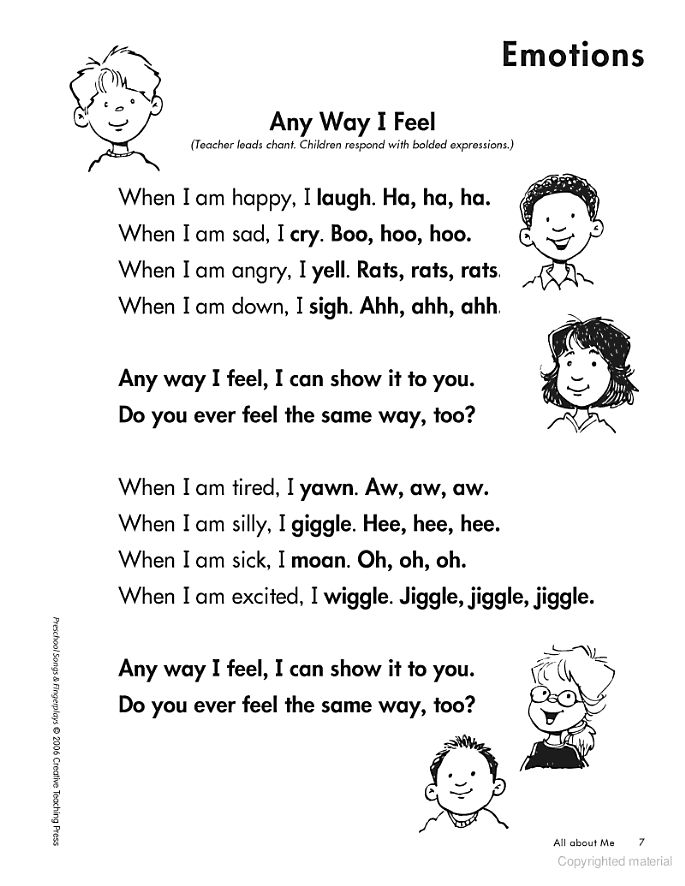
3.
Point Out Print in the EnvironmentThere are several ways to do this:
- Read the road signs as you drive and discuss what they mean. What would happen if people couldn’t read the sign that says “Beware of school children crossing the road”?
- Discuss the labels on your groceries. Why does the chemical cleaner have warning words? How do you know how much sugar is in your cereal?
- Discuss books. How do you know who is the author of a book? How do you know what the book is about before you read it? Which cover is the front cover and which is the back cover?
- Open the mail together (letters and emails). Who are these letters from? What message do they have for me? How do I know how much I need to pay for electricity usage this month?
This post contains affiliate links for educational products that I personally recommend. If you purchase through one of them, I earn a commission at no extra cost to you.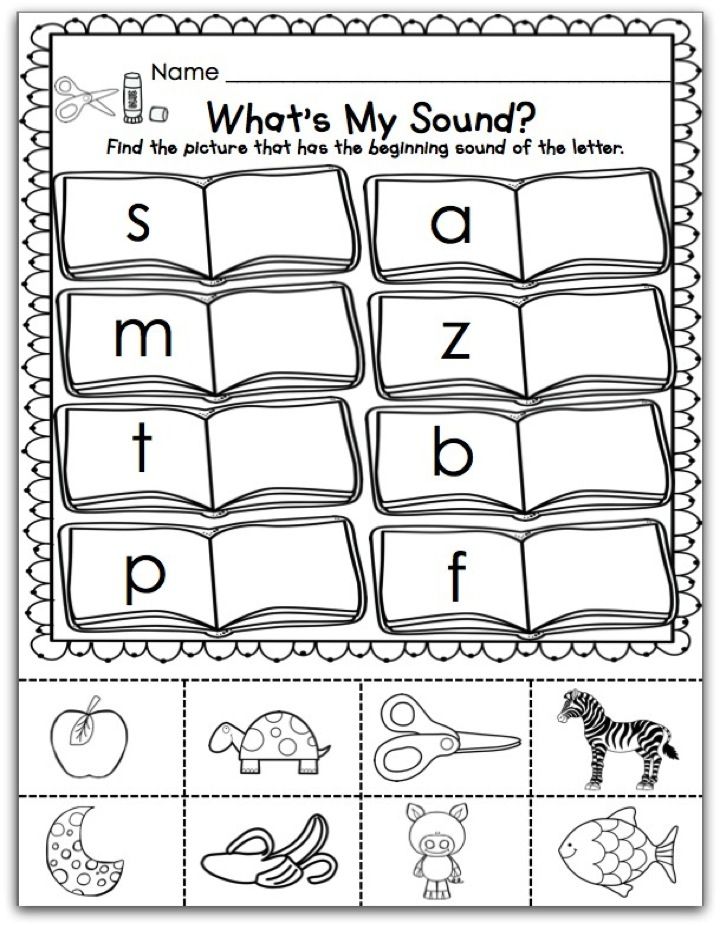 Read the terms and conditions for more details.
Read the terms and conditions for more details.
- Play with magnetic letters, letter tiles, stamps, letter cut-outs and shapes.
- Teach your child the letters in their name.
- Learn the alphabet song.
- Think of nouns that start with each letter.
- Use alphabet charts to compare upper-case and lower-case letters.
5.
Learn Rhymes and PoemsRhymes, songs and poems are a great way to start introducing rhyming words. They help children learn to read. Point out the sets of rhyming words as you sing them.
Make up new rhymes with simple patterns such as an (can, man, ran, pan) or ip (tip, rip, lip, sip).
When your child is old enough to play with sounds, move on to rhyming games.
6.
Play Rhyming Games- Find rhyming words – Say the word cat. What sound does cat end in? What other words end in at – mat, pat, rat, etc.
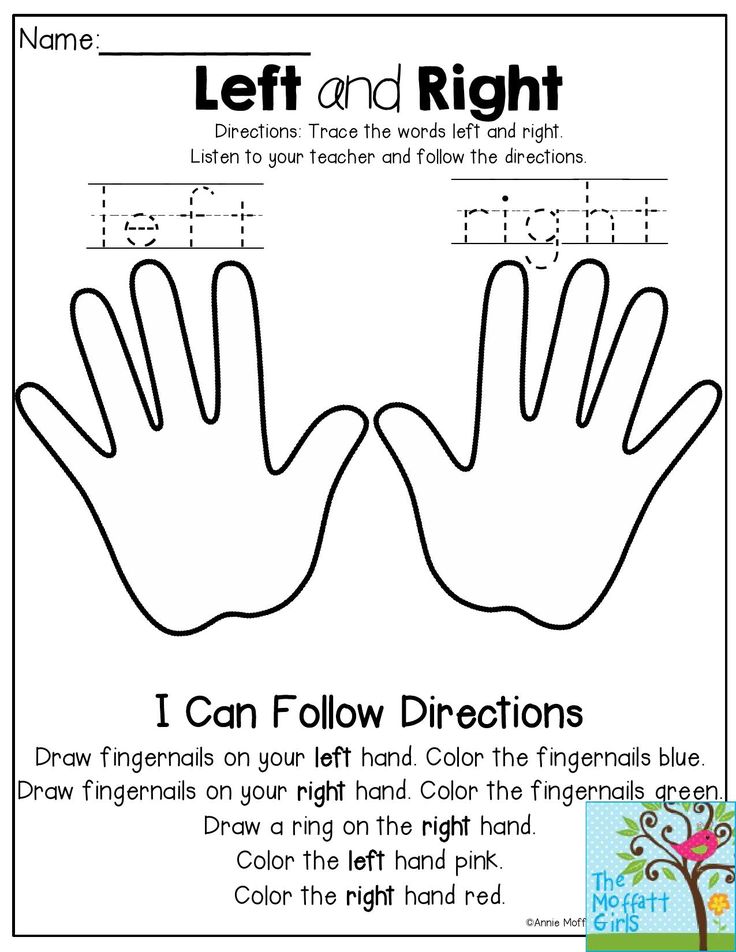
- Identify words that don’t rhyme – Say three words e.g. lap, map, hop. Which word doesn’t fit in?
- Finish the sentences with a rhyming word – Finish the sentence by finding a word that rhymes with cat: My cat is wearing a _____?
7.
Develop Listening SkillsDevelop listening skills by asking your child to listen to a word, remember it and then remove part of it, mentally. Use compound words at first.
Here is an example of the instructions to give:
- Say jellyfish
- Now say jellyfish again but without jelly.
- Answer: fish
This can be very difficult at first but is an excellent activity for developing listening and the ability to manipulate sounds.
Give the answer at first until the concept is understood, and your child can do it independently.
8.
Hear Sounds in WordsStart by listening for the beginning sound in words:
- Write down two sounds or use two letter tiles.
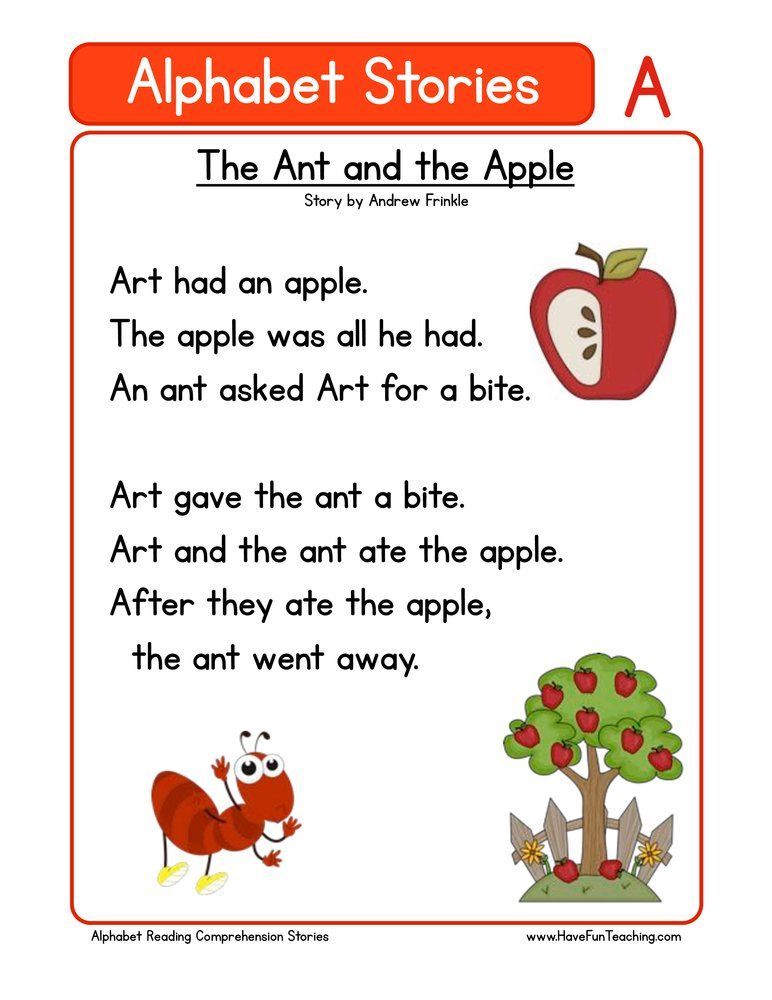
- Say a simple, 3-letter word and ask which sound the word begins with.
- Your child must either circle the letter or point to it and say it out loud.
Then, follow the same procedure and listen for the end sound.
And finally, identify the middle sound.
Vary this activity by saying just one sound (e.g. ‘t’) and asking where the sound is in the word – beginning, middle or end.
9.
Manipulate SoundsWhen your child is able to identify sounds and hear them at the beginning, end and middle of words, she is then ready to manipulate sounds. Here is an example:
- Say cat
- Now change the c to a m
- What do you hear?
- Answer: mat
Make sure you are using the actual sound, not the letter name (mm, not em)
- Say ham
- Now change the m to a t
- What do you hear?
- Answer: hat
10.
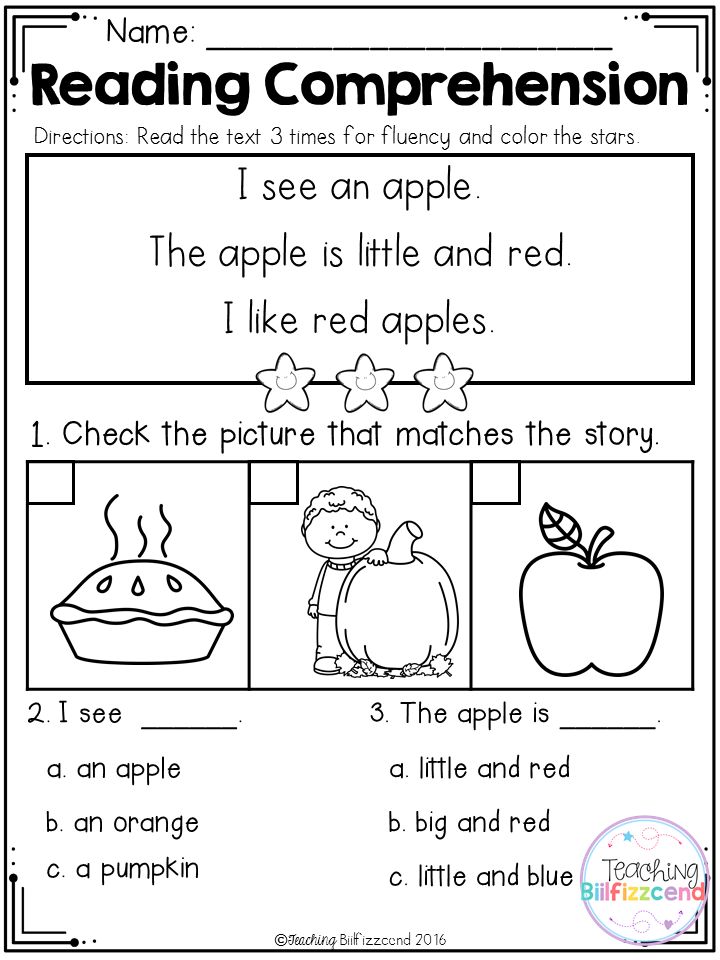 Blend and Decode Sounds
Blend and Decode SoundsThe final step is sounding out words and blending letters. These activities can be done with letter tiles.
Sounding out/decoding:
- p-e-n (pen)
- c-a-t (cat)
Blending:
This activity can be done with letter tiles. Place an e and d together to form ed, then add new letters to the beginning to make new words.
- b-ed (bed)
- r-ed (red)
- l-ed (led)
When children have the phonological awareness to decode words, then they are ready to read!
I hope you enjoyed these preschool and kindergarten pre-reading activities.
Remember that pre-reading and pre-writing skills are both important to develop before introducing formal instruction to young children.
Get FREE access to Printable Puzzles, Stories, Activity Packs and more!
Join Empowered Parents + and you’ll receive a downloadable set of printable puzzles, games and short stories, as well as the Learning Through Play Activity Pack which includes an entire year of activities for 3 to 6-year-olds.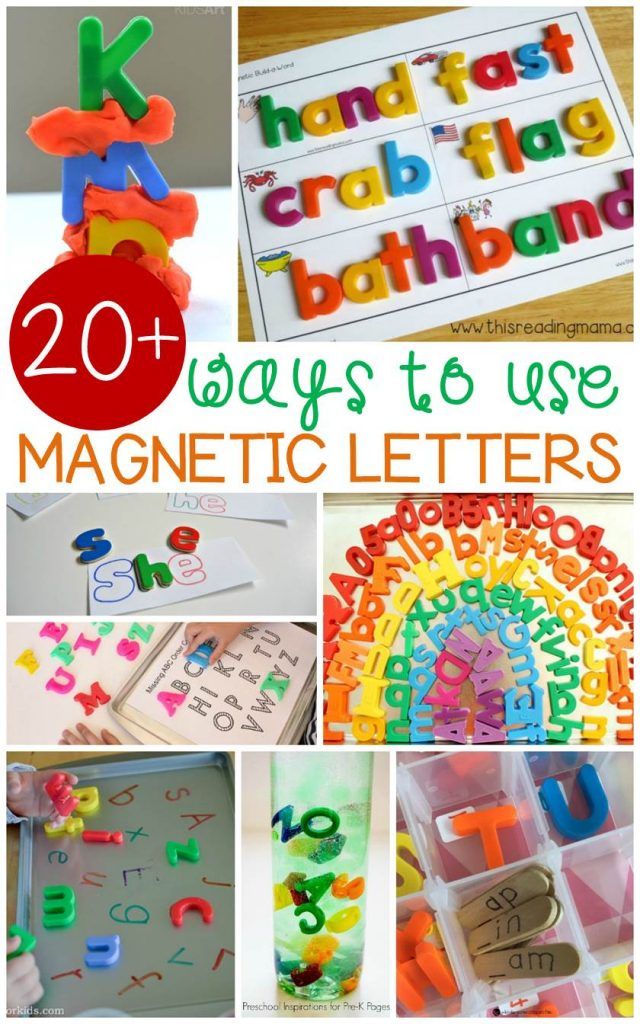
Access is free forever.
Signing up for a free Grow account is fast and easy and will allow you to bookmark articles to read later, on this website as well as many websites worldwide that use Grow.
- Share
5 Pre-Reading Skills Kids Need To Be Successful Readers
By: Author ABC's of Literacy
Posted on Last updated:
1264 shares
- Share
- Tweet
Before we can teach our children to read, it is important to first build the foundation for lifelong learning and reading success. Here are 5 Pre-Reading Skills Kids Need To Be Successful Readers:
What You'll Find On This Page
5 Pre-Reading Skills Need To Be Successful Readers:
1. Motivation To Read
In order to learn, children need to be ready and have the motivation to read.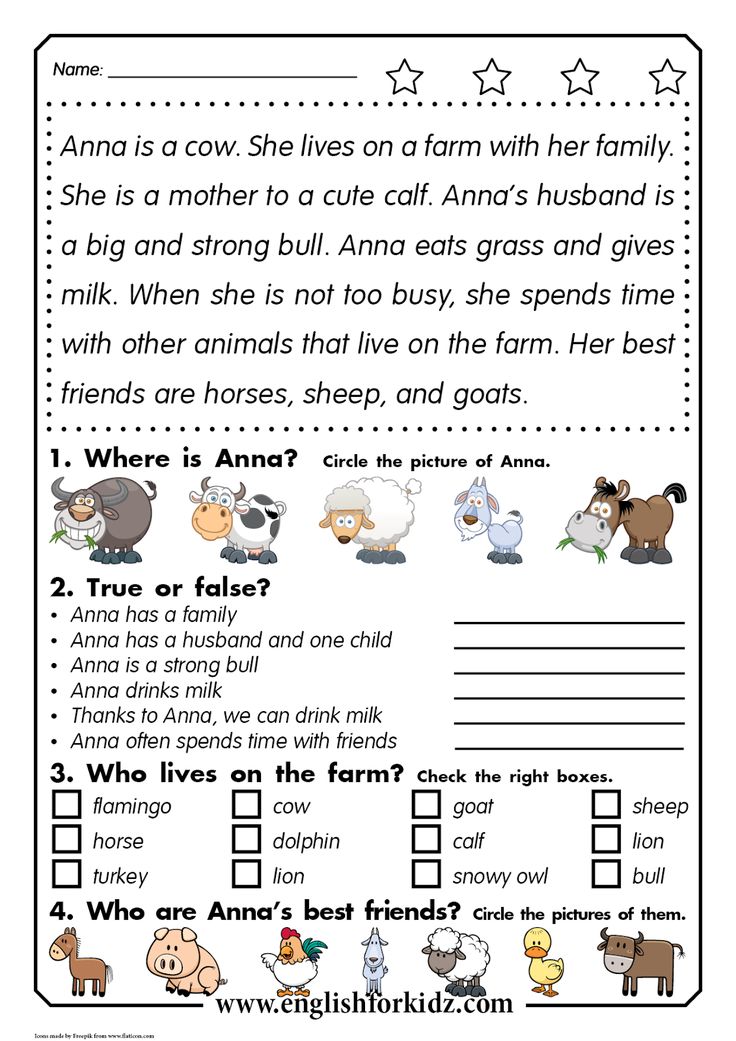
What Can Children Do?
- Show an interest in books and reading
- Ask you to read aloud
- Pretend to read
What Can Parents Do?
- Let your child pick what book he or she wants to read
- Read to your child everyday (Find a story in one of these book lists for kids)
- Read with enthusiasm
2. Language Skills
Children need to have language skills before learning how to read so they can describe things and share their knowledge and ideas.
What Can Children Do?
- Answer simple questions about a story
- Retell a story in their words
- Describe elements in a story such as the characters and setting
What Can Parents Do?
- Ask your child open-ended questions like “what do you think will happen next?”
- Have your child retell the story using puppets or a flannel board
- Encourage your child to make up his or her own story
3.
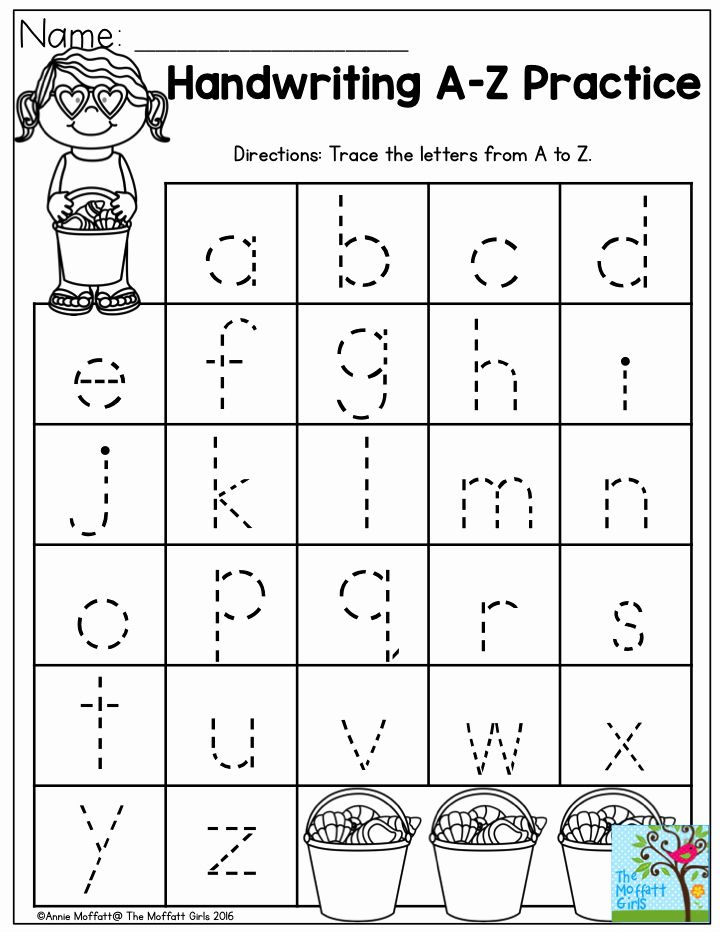 Concepts of Print
Concepts of PrintIn order to learn how to read, children must understand how books work or concepts of print.
What Can Children Do?
- Hold a book correctly
- Turn pages in the right direction
- Read from left to right and top to bottom
- Understand words represent a spoken word and convey a message
What Can Parents Do?
- Use your finger to track the words
- Point to the parts of a book such as the front cover, title, and author (Use the Parts of a Book Poster & Worksheet to help you)
- Let your child hold the book, turn the pages, and point to the words as you read
4. Letter Knowledge
Letter knowledge is understanding that the letters of the alphabet have different names and sounds.
What Can Children Do?
- Name the letters of the alphabet
- Recognize lowercase and capital letters
- Name each letter’s sound
What Can Parents Do?
- Teach your child the letters in his or her name (Use the Letter Knowledge Assessment to track the letters your child learns)
- Read Alphabet books
- Ask your child to identify letters on things in the grocery store or on signs around town
5.
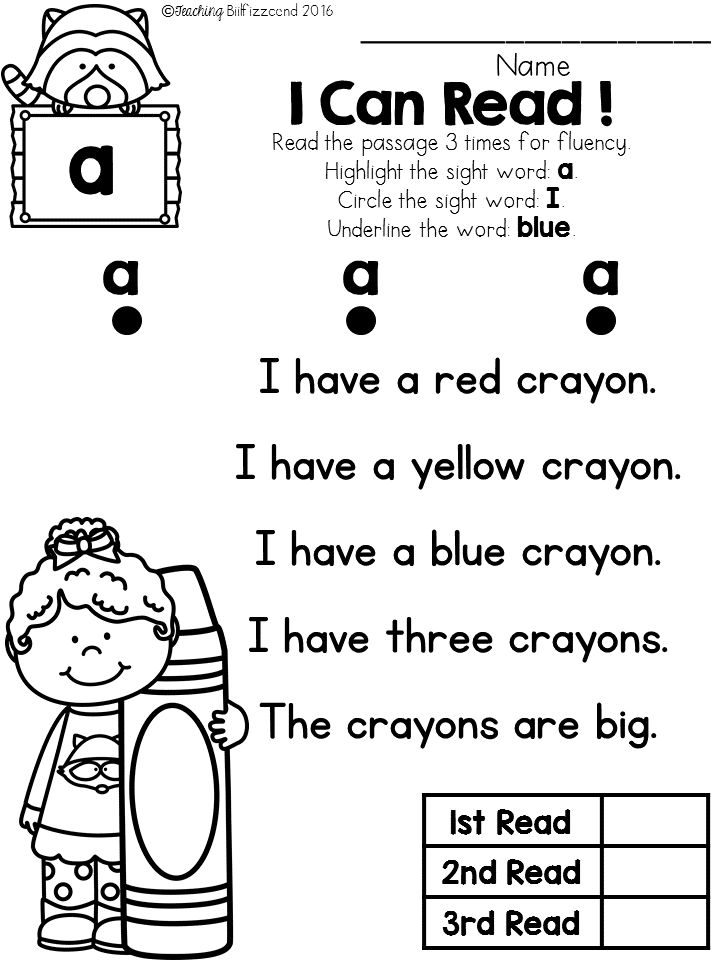 Phonological Awareness
Phonological AwarenessPhonological Awareness is hearing and understanding that that words are made up of smaller sounds.
What Can Children Do?
- Rhyme
- Count the syllables in a word
- Blend sounds together
- Segment or break words down into individual sounds
- Substitute one letter sound for another one to make a new word
What Can Parents Do?
- Sing songs and rhymes
- Play word games
- Reading rhyming books
After a children develop these pre-reading skills, they will continue to learn and grow as a reader. They will learn about phonics, sight words, and much more as they establish the building blocks for reading success.
Preschool Unit Lesson Plans:
Are you looking for fun, hands-on activities for your preschooler? These Preschool Unit Lesson Plans include an entire year of the most popular themed units! Click on the picture to learn more about this resource!
More Resources for Pre-Readers:
Learning the ABC’s
Book List for Kids
Pre-Reading Skills Checklist:
Do you want a checklist of these pre-reading skills? Click on the box below to automatically download and print Pre-Reading Skills Checklist PDF:
Development of reading skills in children of preschool and primary school age
Author : Fuzaylova Violetta Borisovna
Category : Pedagogy
Posted by V young scientist No.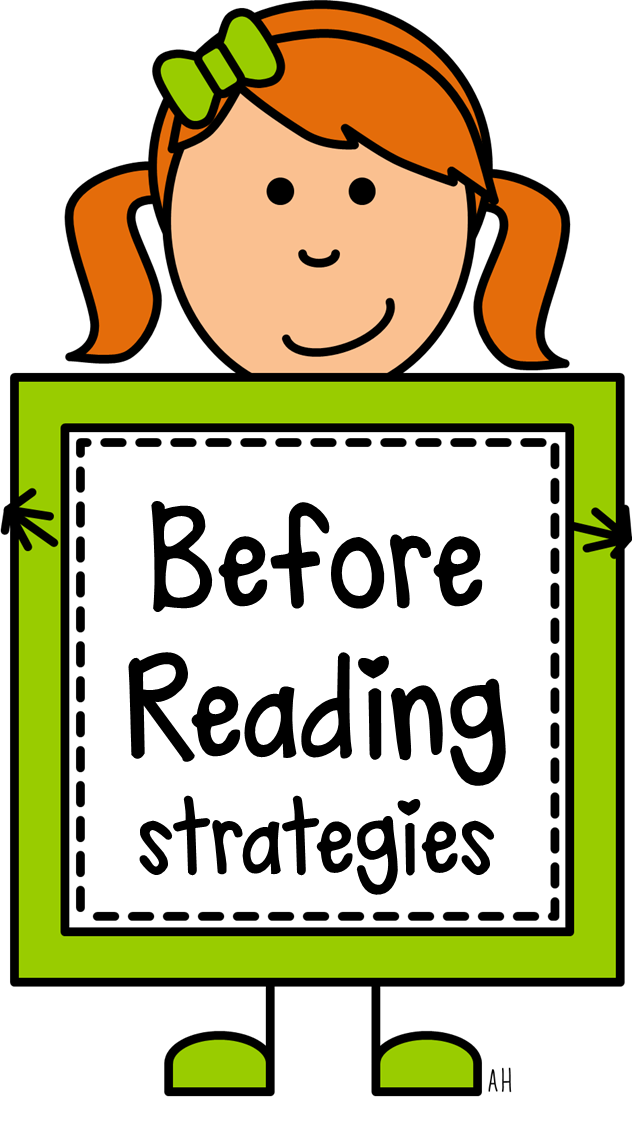 44 (439) November 2022
44 (439) November 2022
Publication date : 07.11.2022 2022-11-07
Article viewed: 13 times
Download electronic version
Download Part 5 (pdf)
References:
Fuzaylova, V. B. Development of reading skills in children of preschool and primary school age / V. B. Fuzailova. - Text: direct // Young scientist. - 2022. - No. 44 (439). - S. 357-358. — URL: https://moluch.ru/archive/439/95719/ (date of access: 02/09/2023).
The article presents a popular science approach to the development of reading skills in preschoolers and younger students. The views of prominent psychologists involved in the development and analysis of the intellect of young children are disclosed.
Keywords: reading skills, early age, intelligence development, action and intelligence.
Auditory skills are born in a person from the first seconds of his birth, but the ability to classify various sounds appears later. From an early age, the child begins to explore the world, including through the sounds that surround him. From the first months of life, the infant is able to perceive each sound as a separate unit, later, by 4 months of life, syllabic susceptibility appears. This is closely related to the development of cognitive skills and the need for verticalization of a person, which opens up a wider vision of the world around.
Sound, imitation of speech or the process of cooing are individual moments in the development of the child. According to general statistics, the child begins to reproduce sounds similar to a syllable set in the period from 4 to 7 months, depending on emotional and intellectual skills.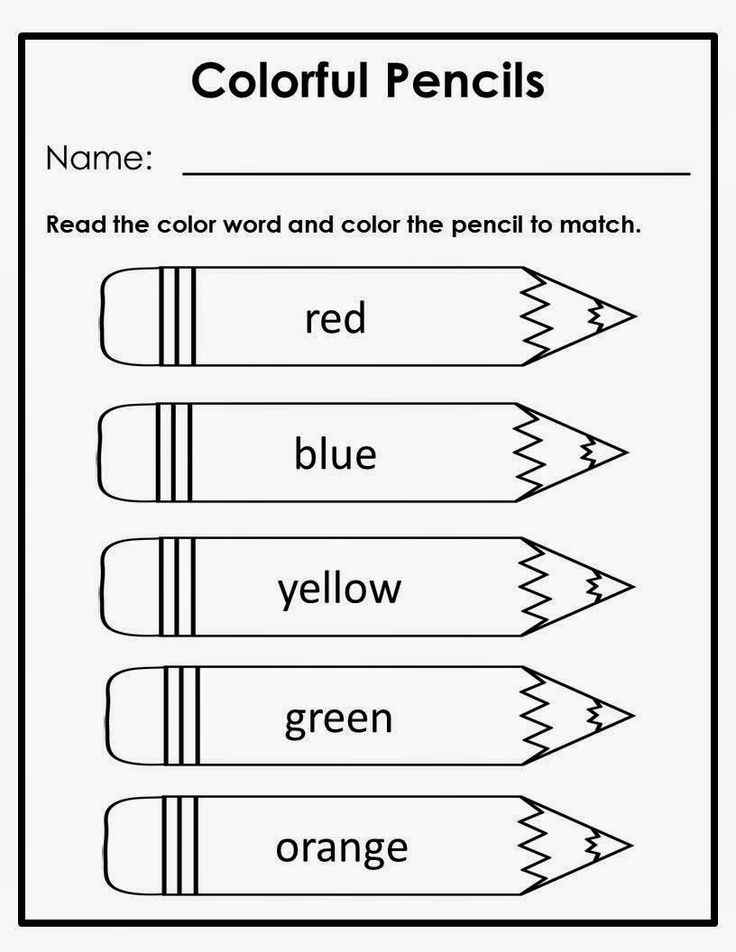
One of the first to mention the periods of intellectual development of a child was the Swiss psychologist and philosopher Jean Piaget, who gained fame as the founder of the theory of intelligence.
Jean Piaget identified four stages in the development of the child's intellect. To teach children the skill of reading, it is necessary to familiarize themselves with the first two, since they are basic and necessary for the teacher to understand the correlation of the abilities of young children.
The first is the stage of sensorimotor intelligence. Based on sensory perception, the child learns the world and himself as a separate unit. He also deeply studies the action not just as a process, but tries to establish a connection between action and thought.
At the first stage of intelligence development, children are very sensitive to external factors and have a close relationship with the family. The child learns the world through the perception of sounds and objects that are demonstrated by parents and loved ones.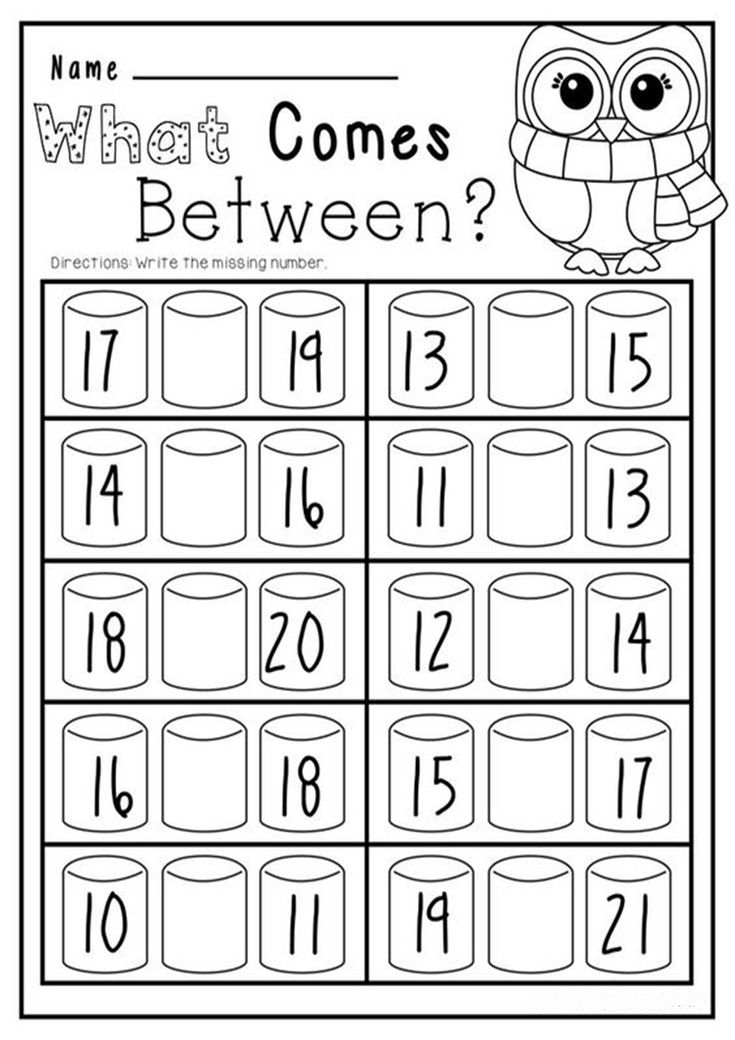 It is very important at this stage to introduce the child to different sounds and timbres of speech. At the age of 1 to 2 years, the child is able to distinguish human speech from the language of an animal, as well as imitate the sounds of the most common animals. At the first stage, the child has a small vocabulary, so learning to read at such an early stage is not relevant. A more important role is played by the development of cognitive skills, which actively influence the development of speech in young children.
It is very important at this stage to introduce the child to different sounds and timbres of speech. At the age of 1 to 2 years, the child is able to distinguish human speech from the language of an animal, as well as imitate the sounds of the most common animals. At the first stage, the child has a small vocabulary, so learning to read at such an early stage is not relevant. A more important role is played by the development of cognitive skills, which actively influence the development of speech in young children.
The second stage is the period of preoperative representations (from 2 to 7 years). The child tries to correlate the form of a new object with the already familiar ones, using associative thinking and imagination.
Skills acquired at this stage of development, such as associative thinking, can be used in teaching reading by making a visual analogy of an object and the sound it starts with. This method can be applied to work with young children, taking into account the fact that letters and sounds belong to their native language.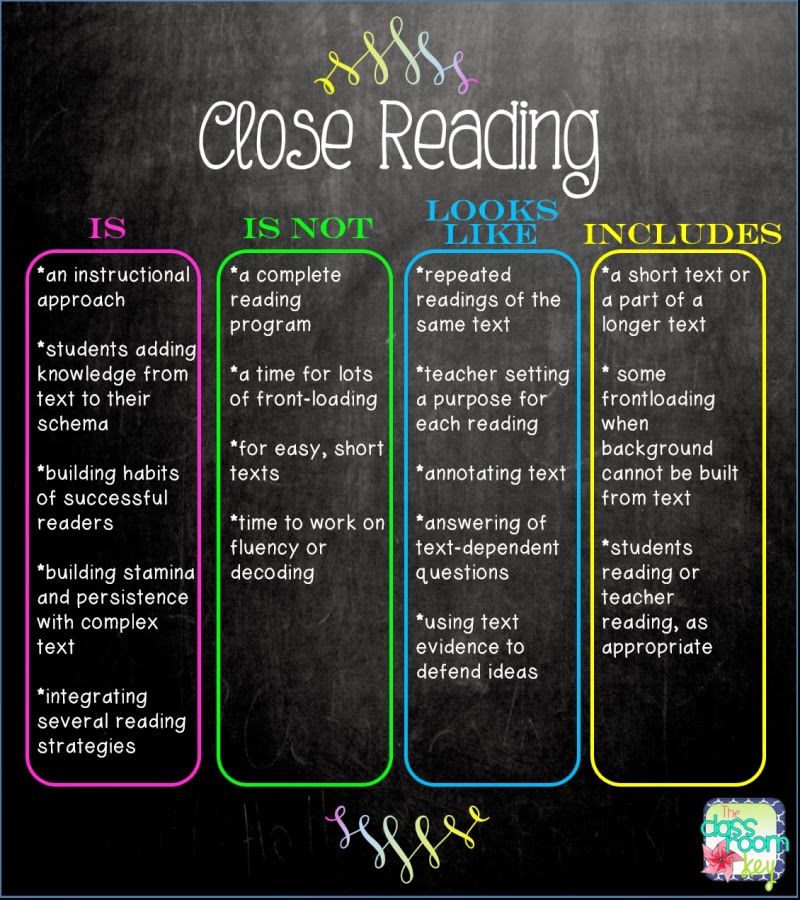
However, this concept will have a more complicated format if the language of instruction is foreign. When learning English as a second language, the child will have difficulty matching pictures with sounds in a foreign language, confusing them with dominant names in their native language, which can cause resentment and confusion in the child when learning. Thus, it is most effective to use the associative method of correlating letters and sounds when working with children from 2 years of age, if they have speech signs and the necessary vocabulary in their native language.
A similar teaching methodology can be applied to a group of older children (from 4 years old) if they have the ability to phonetically perceive a foreign language. When teaching a foreign language, it is necessary to gradually form a vocabulary and correlate objects with pictures and new sounds, since languages differ phonetically.
Based on Jean Piaget's theory of intelligence development and understanding the features of the two basic periods, the teacher can gradually develop reading skills in young children.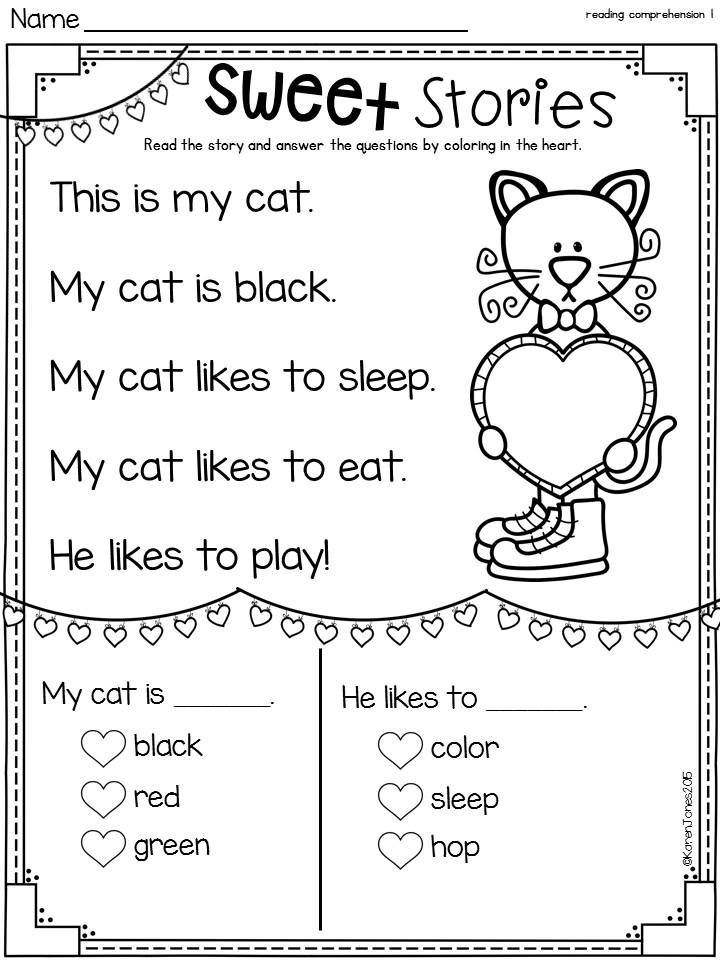
Of the other prominent scientists who studied the development of the child, it is necessary to note Maria Montessori. She proceeded from the idea that there are internal impulses of child development that need to be known and taken into account when teaching children. It is necessary to give the child the opportunity to master the knowledge to which he is predisposed at a given time - a period of sensitivity (to order, details, control of hands) [1, p. 45].
Based on this approach, the teacher can use the creative component of children's thinking to create letters from plasticine or other soft material, thereby activating several spectrums of thinking. Also later, Jean Piaget mentioned the need for action as a key engine for the development of thought in an early age child.
“A child's intellect is built on the basis of action, on the basis of action with things. In order to cognize objects, the subject must act with them: grasp, feel, bring closer, remove, move, correlate, etc.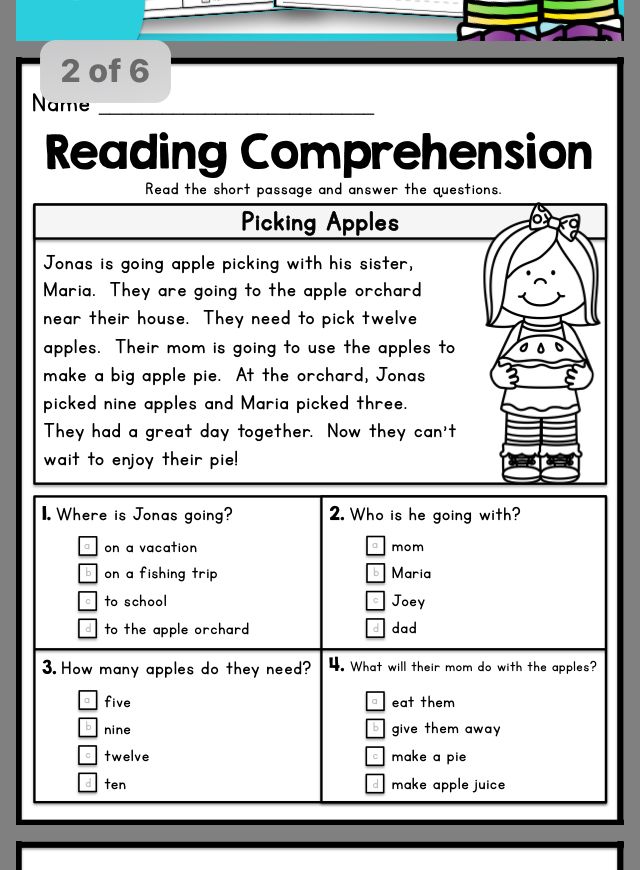 ” [1, p. 116].
” [1, p. 116].
This method can be used when teaching children to read in a foreign language. For better perception, in addition to pictures, making letters, you can associate objects with certain sounds. In the game format, the child can take objects in his hands, shake, examine, feel, differentiating color and texture. The use of all of the above methods will give the greatest effect when teaching young children to read. This will involve in the learning process from an early age and will allow you to quickly analyze the text already at an older age.
It should also be taken into account that the methodology of early development is not generally accepted, however, some approaches can be applied partially at the stage of preparation for school. The development of reading and alphabet skills will help in the formation of memory, the development of analytical abilities, and also teach concentration. All this will enrich the child and help the faster assimilation of school material.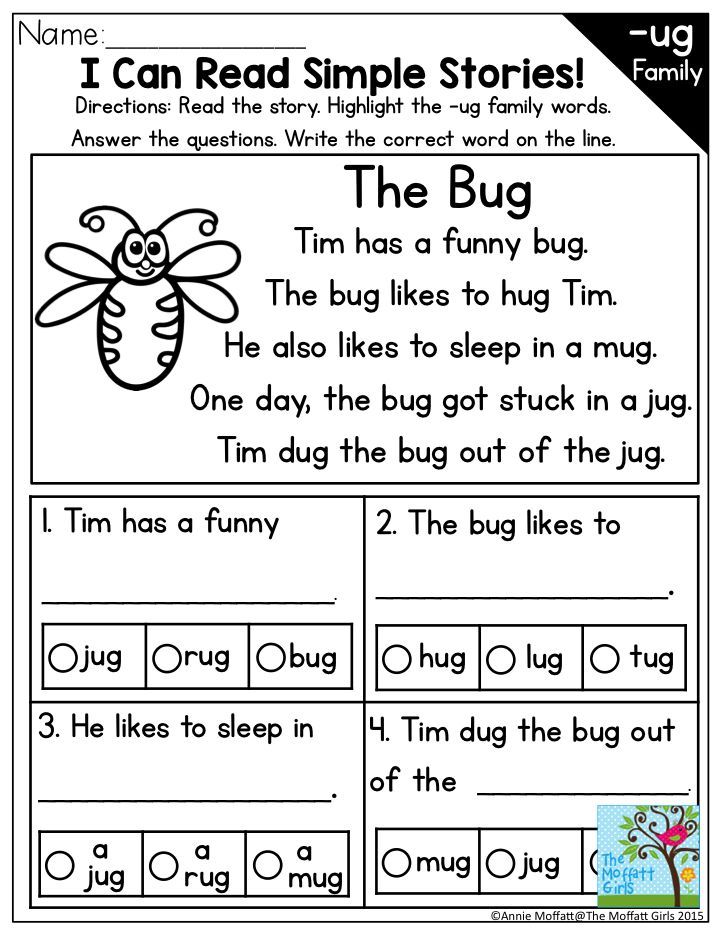
Literature:
- Age-related psychology. - M., 2005.
Basic terms (automatically generated) : early age, child, sound, foreign language, children's education, mother tongue, associative thinking, life month, reading skill, single unit.
Keywords
early age, intelligence development, reading skills, action and intelligencereading skills, early age, intelligence development, action and intelligence
Similar articles
Early foreign language training : pros and cons
In this article, we tried to compare and compare the goals and objectives of early learning foreign language from the point of view of parents, there are children and specialists of teachers and methodologists involved in early education education .
Features of classes in
foreign languages with preschoolersWithout a doubt, preschool age is the most favorable for starting to study a foreign language , since children of this age have a special sensitivity to linguistic phenomena, they develop an interest in comprehending the secrets of their speech experience, " " language .
Teaching children early English language
Early Building children to English Language begins with the formation of skill audit
TECHASE
Language should take place in accordance with the age of children .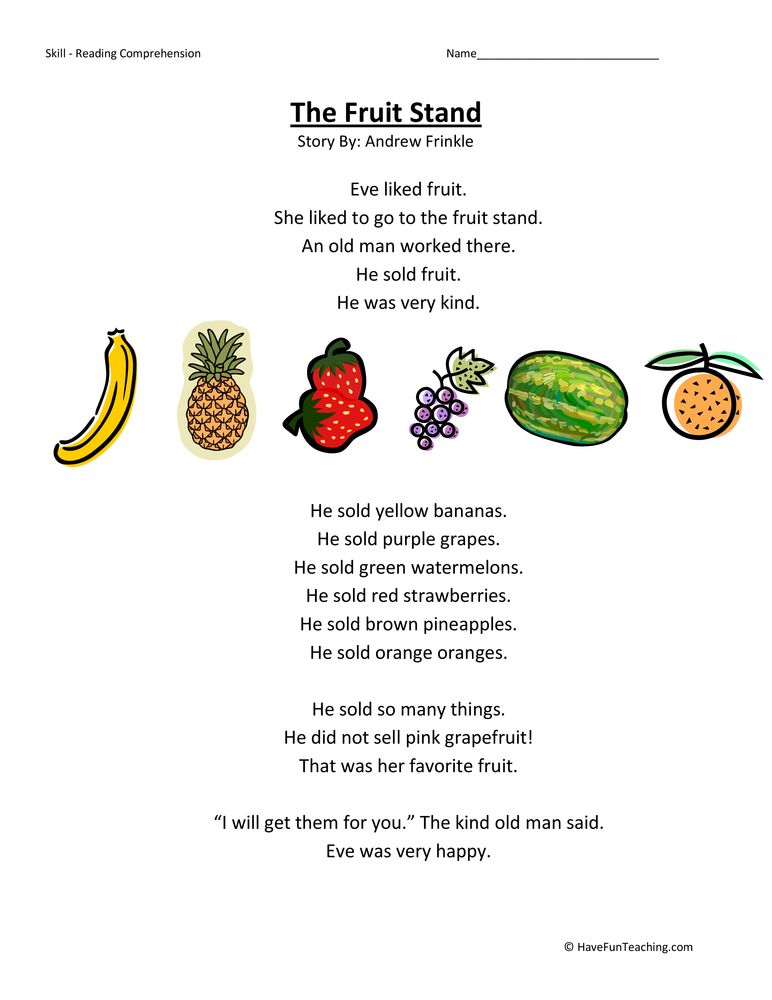
One of the features of early teaching children foreign languages is the use of finger games.
Joint education mother and child second year life ...
Why study English
language with preschoolers?Learning foreign languages languages improves the memory of children , their Thinking , perception
English Language is increasingly included in our daily life - on the radio songs for
English , Foreign Language , Child , Game, language , early learning , early
foreign language language , play, language , preschool , education 0041 age .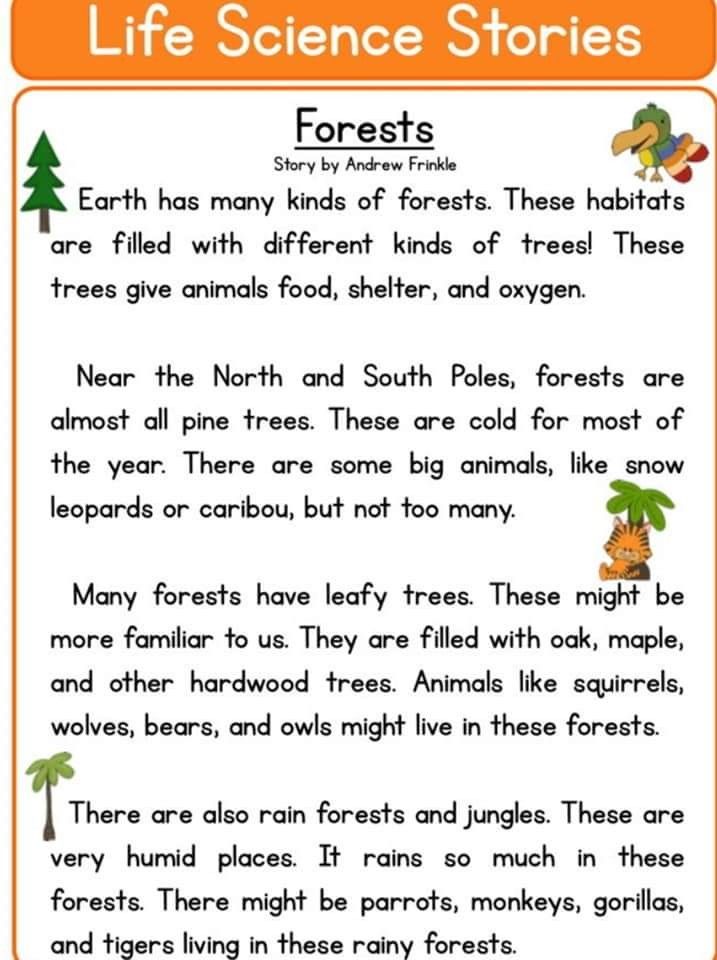 ..
..
About
early learning English language through the integration...33. Pavlova LN Early childhood : development of speech and thinking . - M.: Mozaika-Sintez, 2004.
41. Filatov V. M., Filatova T. E. Early foreign language , a book for teachers.
Development of speech skills at home reading at the university (English language ).
foreign language , game, language , child , teaching preschool, preschool age ...
Modern approach in the system
teaching second language ...Despite the fact that the question teaching foreign language children preschool age to
transfer of knowledge, skills and skills from academic disciplines to foreign language and vice versa.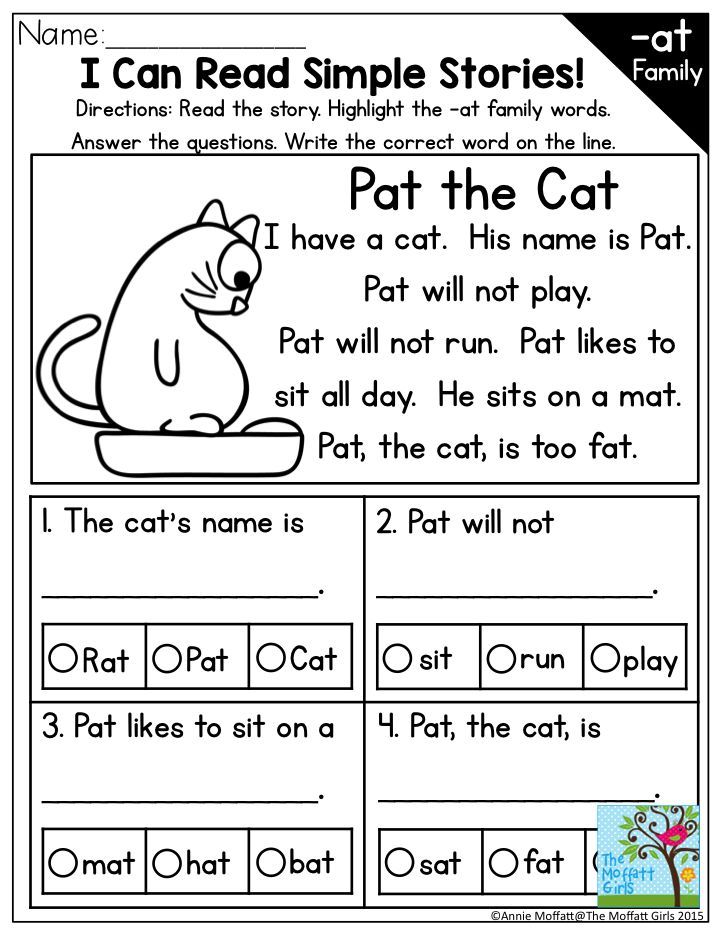
Some children perceive information visually. Such children are inventors and dreamers.
English language child foreign language language native language language preschool age , early ...
Methodology
early teaching foreign languages It can be noted that learning a foreign language at a given age is useful for all children .
At present, the problem early learning is becoming more and more relevant.
English Language , Child , Foreigned Language , native Language , Preschool Age
Child , Game, Language , Early 9004 , sound , preschool age , fine motor skills.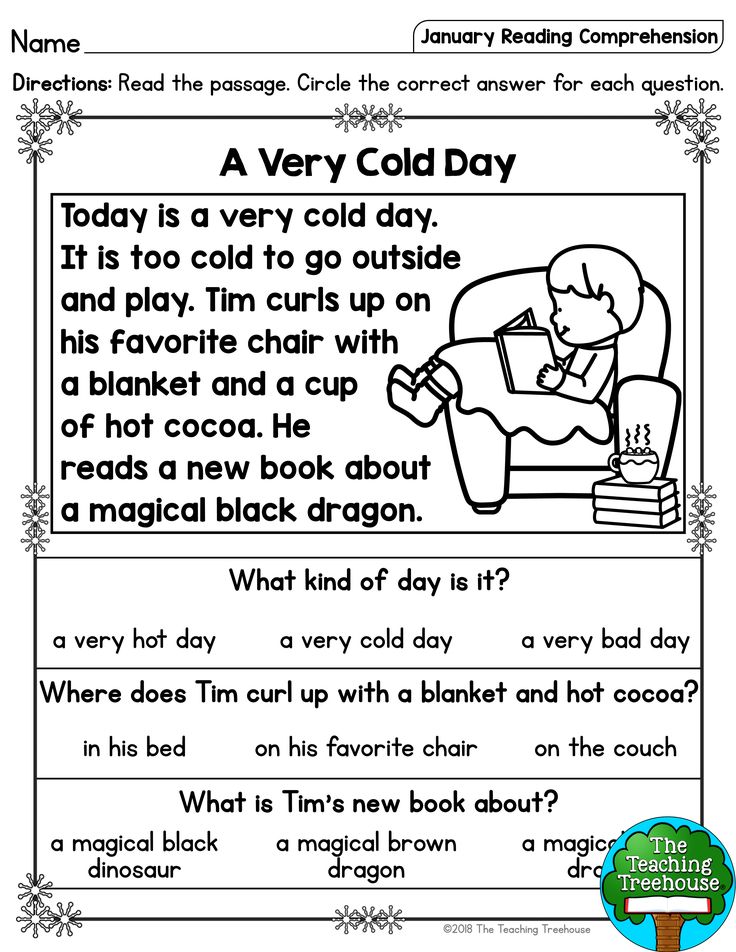
Joint
education mothers and children second year life ...Starting from the first months of life , children are enrolled in clubs, centers where classes are directed, in
Development of emotional relationships between mother and child early age .
English language , foreign language language , child , game, language , early learning , early
English language , child , foreign language language , native language language , preschool ... age Features teaching the phonetic side of speech in the primary . While singing children sing sounds , which gives them a better understanding of what this sound is and how it is Support and development of the gifted children in elementary school and in foreign lessons language . Problems of mastering a foreign language reading in elementary school (English language ). Similar articles. Teaching on accordion children early age and children with weak... already proved that early Study foreign languages not only accelerates the process It should be noted that under early training Foreign ..
The impact of learning
foreign languages on the development of children
then
then it becomes more difficult to master foreign languages .
“Does learning foreign languages contribute to improve pronunciation skills in native language ”.
Similar articles
Early foreign language training : pros and cons
In this article, we tried to compare and compare the goals and objectives of early learning foreign language from the point of view of parents, their children and specialists of teachers and methodologists involved in early education .
Features of classes in
foreign languages with preschoolers Without a doubt, preschool age is the most favorable for starting to study a foreign language , since children of this age have a special sensitivity to linguistic phenomena, they develop an interest in comprehending the secrets of their speech experience, " " language .
Teaching children early English language
Early Building children to English Language begins with the formation of skill audit
TECHASE
Language should take place in accordance with the age of children .One of the features of early teaching children foreign languages is the use of finger games.
Joint education mother and child second year life ...
Why study English
language with preschoolers?Learning foreign languages languages improves the memory of children , their Thinking , perception
English Language is increasingly included in our daily life - on the radio songs for
English , Foreign Language , Child , Game, language , early learning , early
foreign language language , play, language , preschool , education 0041 age . ..
About
early learning English language through the integration...33. Pavlova LN Early childhood : development of speech and thinking . - M.: Mozaika-Sintez, 2004.
41. Filatov V. M., Filatova T. E. Early foreign language , a book for teachers.
Development of speech skills at home reading at the university (English language ).
foreign language , game, language , child , teaching preschool, preschool age ...
Modern approach in the system
teaching second language ...Despite the fact that the question teaching foreign language children preschool age to
transfer of knowledge, skills and skills from academic disciplines to foreign language and vice versa.
Some children perceive information visually. Such children are inventors and dreamers.
English language child foreign language language native language language preschool age , early ...
Methodology
early teaching foreign languages It can be noted that learning a foreign language at a given age is useful for all children .
At present, the problem early learning is becoming more and more relevant.
English Language , Child , Foreigned Language , native Language , Preschool Age
Child , Game, Language , Early 9004 , sound , preschool age , fine motor skills.
Joint
education mothers and children second year life ...Starting from the first months of life , children are enrolled in clubs, centers where classes are directed, in
Development of emotional relationships between mother and child early age .
English language , foreign language language , child , game, language , early learning , early
English language , child , foreign language language , native language language , preschool ... age Features teaching the phonetic side of speech in the primary . While singing children sing sounds , which gives them a better understanding of what this sound is and how it is Support and development of the gifted children in elementary school and in foreign lessons language . Problems of mastering a foreign language reading in elementary school (English language ). Similar articles. Teaching on accordion children early age and children with weak... already proved that early Study foreign languages not only accelerates the process It should be noted that under early training Foreign ..
The impact of learning
foreign languages on the development of children
then
then it becomes more difficult to master foreign languages .
“Does learning foreign languages contribute to improve pronunciation skills in native language ”.
Formation of reading skills in preschoolers | Article on speech therapy (preparatory group):
Modern analysis of the problem of reading disorders is based on understanding the complex psycho-physiological structure of the reading process in the norm and the peculiarities of mastering this skill by children. Reading is a complex psychophysiological process in which various analyzers participate: visual, speech-motor, speech-auditory. It is based on "the most complex mechanisms of interaction between analyzers and temporal connections of two signal systems."
When reading, an adult is aware only of the task, the meaning of what is read, and those psychophysiological operations that precede this are carried out as if by themselves, unconsciously, automatically. Reading an adult is a formed action, a skill.
Before becoming a habit, reading in the process of its formation goes through a number of stages, qualitatively unique stages. At each of the previous stages, the conditions and prerequisites for the formation of the subsequent stage, which is qualitatively higher, are formed.
The formation of reading skills is carried out in the process of long-term and purposeful learning.
According to Kornev A.N., the skill of reading consists of a series of separate operations: recognition of a letter in its connection with a phoneme (decoding), merging several letters into a syllable (syllable fusion), merging several syllables into a word, integrating several read words into a complete phrase or statement.
At the very initial stage of learning, all these operations are performed by the child approximately in the same sequence. At each stage of skill development, there is an operation (one of the above), which is so well developed that automation takes place. It represents the level at which decoding operations have reached their final maturity, are automated and no longer require conscious control.
Until the child has read the word to the end, he must keep in the RAM the entire series of syllables already read in the correct sequence. The amount of RAM can accommodate no more than 5 ± 2 storage units in children of primary school age. Therefore, it is already difficult to understand a phrase that includes 7-8 syllables at this stage. In the case of letter-by-letter reading, the number of storage units in RAM per word doubles. Therefore, long words (from 8-9letters) children often re-read 2-3 times.
Also, the efficiency of decoding and syllable fusion operations depends on some linguistic characteristics of the text: the syllabic structure of words, the presence of a confluence of consonants and their position in a word, the frequency of read words.
T.G. Egorov considers reading as an activity consisting of three interrelated actions: the perception of alphabetic characters, the pronunciation of what they indicate, and the comprehension of what is read. At the beginning of the formation of reading skills, all these processes proceed sequentially. Later these actions are synthesized.
He named the main stages in the formation of reading skills: the analytical stage; synthetic stage; stage of automation.
Each of these stages is characterized by originality, qualitative features, a certain psychological structure, its own difficulties, tasks and methods of mastering the skill.
The analytical stage includes two stages:
1) The stage of mastering sound-letter designations.
Acquisition of sound-letter designations is carried out in the process of the entire pre-letter and literal period of literacy training. At the stage of mastering sound-letter designations, children analyze the speech flow, sentence, divide words into syllables and sounds. Having singled out a sound from speech, the child correlates it with a certain graphic image, a letter. Then, in the process of reading, the synthesis of letters into syllables and words is carried out, the read word is correlated with the word of oral speech.
In the process of reading, first of all, graphic images are visually perceived, letters are realized and recognized, which correspond to their sound meanings. As D. B. Elkonin noted, the perception and discrimination of letters is only the outer side of the reading process.
The sound is not the name of the letter, but vice versa, the letter is a sign, a symbol of the designation of a speech sound. In this regard, the complex process of mastering sound-letter designations begins with the knowledge of the sound side of speech, with the distinction and isolation of speech sounds. And only then are letters offered, which are visual images of sounds. Only under this condition, in the process of learning to read, an idea is formed about the grapheme, about the relationship of the letter with the phoneme.
For a child beginning to read, a letter is a complex graphic element. Each letter consists of several elements, differently located in space in relation to each other. In the Russian alphabet, there are only a few basic elements of printed type. In this regard, there are many letters that are similar in outline.
In order to distinguish the studied letter from all other letters, it is necessary to carry out a visual analysis of each letter, to highlight its constituent elements. Since the difference between many letters lies only in the different spatial arrangement of the letter elements, the assimilation of the visual image of the letter is possible only with a sufficient development of spatial representations.
Assimilation of the optical image of a letter is also carried out on the basis of the ability to memorize and reproduce visual images in memory. Recognition of a letter occurs when the directly perceived visual image is correlated with the idea of it.
Having mastered a letter, the child reads syllables and words with this letter. However, in the process of reading a syllable, the unit of visual perception at this stage is the letter. The child first perceives the first letter of the word, correlates it with the sound, then the second letter, then synthesizes them into a single syllable.
n : [n] + a : [a] = [on]
In this regard, the main difficulty of this stage is the difficulty of merging sounds into syllables. When merging the sounds of a read syllable, the child must move from an isolated generalized sound to the sound that the sound acquires in the speech stream, that is, pronounce the syllable as it sounds in the speech stream. In order to read a syllable together, it is necessary to imagine the syllable of oral speech that includes the corresponding sounds, and these sounds follow one after another, in the same sequence as the letters in the syllable are given. The sequence of introducing syllables of various structures in the process of learning to read is important.
Thus, in order to overcome the difficulties of merging sounds into syllables, it is necessary to form in children not only the ability to distinguish and isolate sounds, but also clear ideas about the sound composition of a syllable, a word of oral speech, that is, a sufficient level of phonemic development is necessary.
Reading comprehension at this stage is characterized by certain features. It lags far behind the visual perception of the word.
Awareness of a word occurs only after the word being read is spoken aloud. Sometimes a child repeats a word in order to recognize it, to correlate it with the meaning. When reading sentences, there is a lack of synthetic processes. Each word of the sentence is read in isolation, so the understanding of the sentence, the connection of individual words in it is very difficult. In the process of reading syllables, words and sentences, the semantic guess is almost never used.
2) The stage of syllabic reading.
At this stage, the recognition of letters and the merging of sounds into syllables is carried out without difficulty. Syllables in the process of reading quickly correlate with the corresponding sound complexes. The unit of reading, therefore, is the syllable.
The method of reading at this level is still analytical, there is no synthetic reading, holistic perception. The child reads the word according to its constituent parts, that is, according to the syllables, then combines the syllables into a word, and only then comprehends what is read.
Synthetic stage of the process of forming reading skills
This stage is a transition from analytical to synthetic reading techniques. At this stage, simple and familiar words are read holistically, and words that are unfamiliar and difficult in terms of sound-syllabic structure are read even syllable by syllable.
At this stage, a semantic guess plays a more important role. Guessing reading is often observed in children. Based on a semantic guess and being unable to quickly and accurately control it with the help of visual perception, the child often replaces words, word endings, that is, he develops verbal paraphasias, agrammatisms. Reading errors cause frequent regressions, returning to previously read for correction, clarification and control. Guessing takes place only at the level of the sentence, and not within the text.
Relatively formed at this stage is the synthesis of words in a sentence.
Stage of automation
This stage is characterized by holistic reading techniques: the child reads whole words, groups of words. The main task is to comprehend what is being read. The processes of comprehending the content prevail over the processes of perception.
At this stage, not only the synthesis of words in a sentence is carried out, but also the synthesis of phrases in a single context. The semantic guess is determined not only by the content of the sentence read, but also by the meaning, the logic of the whole story. Errors in reading are rare, since the guess is controlled by a sufficiently developed holistic perception. Features of reading comprehension are determined by the level of development of cognitive activity, the volume of the dictionary, the degree of formation of the grammatical structure of speech.
Thus, the main conditions for successful mastery of reading skills are:
- Formation of oral speech: phonetic-phonemic (pronunciation, phoneme differentiation, phonemic analysis and synthesis) aspects of speech; lexico-grammatical side of speech;
- Sufficient development of spatial representations;
- Visual analysis, synthesis (the ability to determine the similarity and difference of letters) and mnesis (the ability to accurately remember the visual image of a letter).

